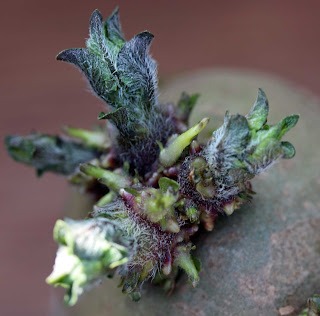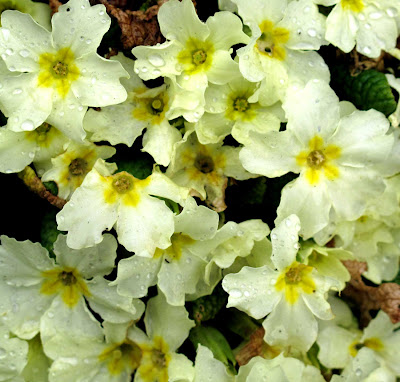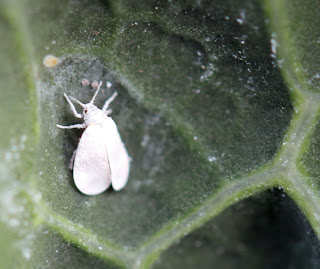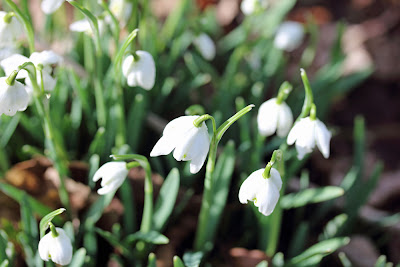The potatoes are in the ground and raring to go (hopefully). We are currently running about 3 weeks behind previous years at the allotment, and I guess everyone else is in the same boat. The weather in the last week has been not too bad. It has been sufficiently warm enough to warm the soil enough to enable the weeds to make an appearance anyway! What is depressing is that the weather forecast says that we are still only going to be reaching a high of 10C or so for the next 2 weeks. Furthermore, it looks like we are set to see a couple of frosts next weekend :(
In an attempt to catch-up with things a little I did a lot of seed sowing this week. The leeks that I sowed back in February are doing well and need moving. My single dahlia seed is also slowly growing.
The broad beans I planted ages ago are doing well and are in the coldframe. They will hopefully be making their way into the ground this week. I have never grown them before so I am looking forward to seeing how they get on.


















































